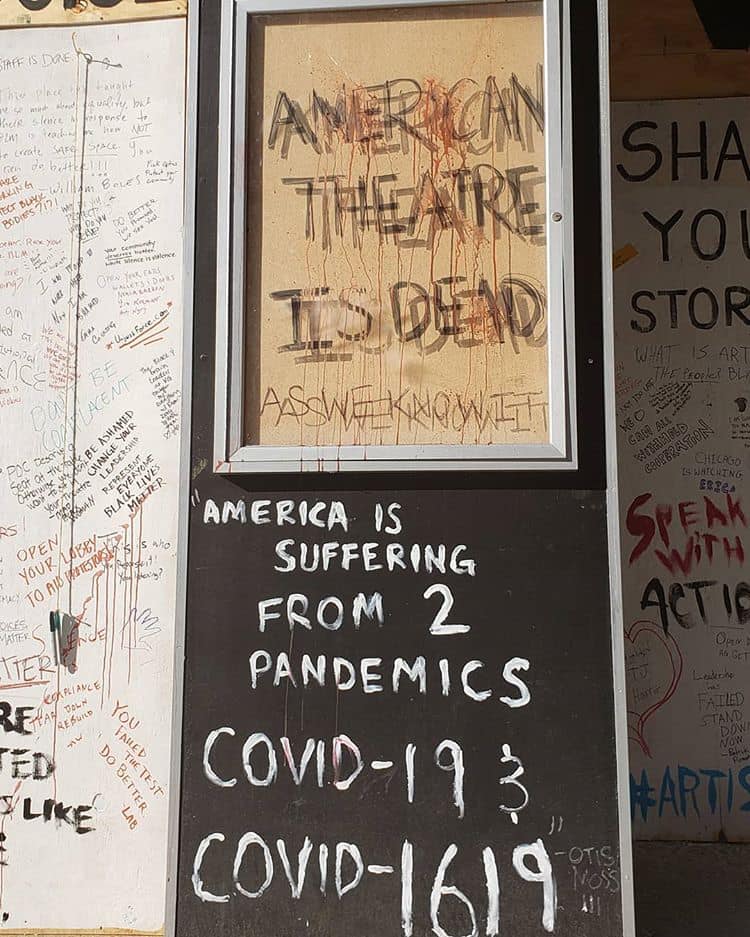We Are All Theatre Ghosts Now, But Poised to Return
It’s not just the workers who need the stage to come back—all of us crave the communion only the theatre can provide.

On Thurs., March 12, 2020, Broadway theatres closed for what some thought would be a matter of weeks, months at most. A year later they are still closed, with no firm plans for reopening. Over the weekend that followed that initial closing, countless shows of all sizes all over the U.S. either closed, had their final performances, or hosted “clopenings”—closing and opening night in one. Since then there have been but a handful of indoor performances at various theatres across the U.S., a number of outdoor events, and a proliferation of virtual or online alternatives. In May, the murder of George Floyd and the resurgent Black Lives Matter movement intensified scrutiny of the nation’s predominantly white theatre system and its systemic inequities.
As the nation’s theatres continue to hang in a state of suspended animation, we look back on the trauma, tragedy, reflection, protest, rebuilding, innovation, and relief, and consider what theatres and theatre people will take from this year offstage.
It’s not just the workers who need the stage to come back—all of us crave the communion only the theatre can provide.
We asked dozens of theatre folks about an alternately disorienting and clarifying 12 months of closure.
Pandemic closures have provided an unexpected opportunity for some theatres to expand and improve their facilities.
One year into the pandemic, artists and leadership find ways to collaborate—and clash—on the best ways to support their communities.
Remembering a middle school production of ‘Pippin’ that got in just under the wire last March.
How the pandemic-adjusted film resonated with, and deepened the meaning of, Sophocles’s iconic tragedy.
Lorraine Hansberry Theatre and San Francisco Playhouse come together for a filmed co-production of Erika Dickerson-Despenza’s play.